Table of Contents
- Introduction
- Why Does Food Become Acidic?
- The Spice Lineup – Natural Acid Neutralizers
- 10 Hacks to Cut Acidity Like a Pro
- Perfect Spice Pairings for Acidic Dishes
- Storing Spices the Right Way
- Visual Guide: Spice vs. Acidity
- Frequently Asked Questions
Introduction
Experiencing unexpected acidity in dishes frustrates home cooks daily. That sharp tang in tomato sauce or over-lemoned dressing disrupts flavor balance without warning. This guide delivers precise, science-backed solutions using common spices—no baking soda or sugar required. Discover how your spice rack transforms acidic mishaps into culinary successes through targeted neutralization techniques.
Specifically designed for home cooks facing real-time kitchen challenges, this resource provides immediate, actionable strategies. Whether rescuing a weeknight dinner or perfecting weekend recipes, these methods deliver consistent results through accessible ingredients.

Your spice rack contains natural pH regulators waiting to balance your dishes.
Why Does Food Become Acidic?
Acidity stems from common ingredients like tomatoes (pH 4.3-4.9), citrus (pH 2.0-3.0), vinegar (pH 2.4-3.4), and wine (pH 2.5-4.0). While acids enhance flavor, excess disrupts taste receptors' ability to perceive sweetness and umami. The solution requires chemical neutralization—not mere flavor masking. Spices contain alkaline compounds that interact with hydrogen ions, reducing perceived acidity while preserving dish integrity.
The Spice Lineup – Natural Acid Neutralizers
These eight spices work through distinct biochemical mechanisms. Cinnamon's cinnamaldehyde reacts with acids, while nutmeg's myristicin provides gentle alkalinity. Cumin releases compounds that bind with hydrogen ions, and fennel seeds' anethole creates flavor equilibrium. Fresh herbs like basil introduce volatile oils that mask sour notes without altering pH. Understanding these interactions ensures precise application.
- Cinnamon
- Nutmeg
- Cumin
- Fennel Seeds
- Basil
- Oregano
- Coriander
- Turmeric
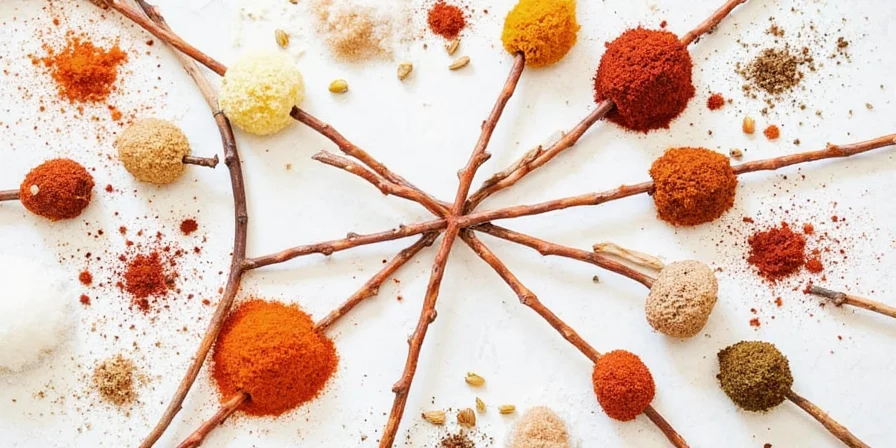
These spices function as natural pH modifiers through specific chemical properties.
10 Hacks to Cut Acidity Like a Pro
- Add Cinnamon Precisely: Use 1/8 teaspoon per cup in tomato sauces. Its aldehydes bind with acids without adding sweetness.
- Employ Fennel Seeds' Dual Action: Crush 1/2 teaspoon for soups; anethole both neutralizes and complements sour notes.
- Apply Nutmeg Strategically: Grate fresh nutmeg into béchamel at 1/16 teaspoon per cup—excess creates bitterness.
- Layer Fresh Herbs Correctly: Add basil stems early for infusion, leaves late for brightness in acidic dishes.
- Use Coriander's Citrus Counterbalance: Incorporate 3/4 teaspoon ground coriander per quart of broth to round sharp flavors.
- Deploy Turmeric Judiciously: Combine 1/4 teaspoon with coconut milk in curries; curcumin buffers acidity while enhancing earthiness.
- Optimize Bay Leaves: Simmer one leaf per gallon in tomato-based sauces for 20 minutes before removal.
- Combine Coconut Milk with Spices: Use full-fat coconut milk with turmeric at 1/4 cup per quart for optimal emulsification.
- Toast Cumin Seeds Properly: Heat in dry pan 45 seconds until fragrant—unbroken essential oils maximize neutralization capacity.
- Control Simmer Time: Allow spices 15 minutes minimum to interact with acids; extended cooking beyond 45 minutes degrades active compounds.
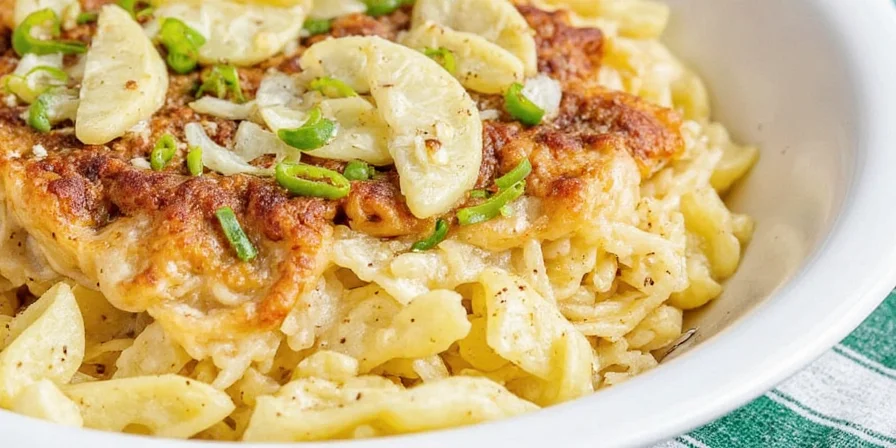
Cinnamon stick infusion in tomato sauce demonstrates controlled acid reduction.
Perfect Spice Pairings for Acidic Dishes
Effective pairing depends on both ingredient pH and dish composition. Tomato acidity requires different handling than wine-based reductions. This table specifies exact applications:
| Acidic Ingredient | Optimal Spice Match | Application Method |
|---|---|---|
| Tomatoes (pH 4.3-4.9) | Cinnamon, Oregano | Add ground cinnamon in last 15 minutes; whole oregano earlier |
| Lemon Juice (pH 2.0-2.6) | Nutmeg, Fennel | Grate nutmeg directly into dressing; crush fennel seeds for marinades |
| Vinegar (pH 2.4-3.4) | Basil, Coriander | Use whole basil leaves in reductions; ground coriander in dressings |
| Yogurt (pH 4.0-4.6) | Turmeric, Cumin | Mix spices into yogurt 30 minutes before use to activate compounds |
| Wine (pH 2.5-4.0) | Bay Leaf, Thyme | Add bay leaf with wine reduction; thyme in final 10 minutes |
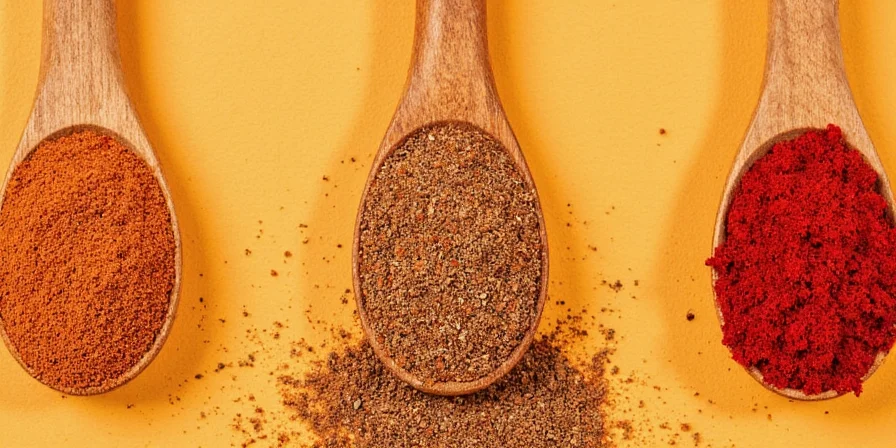
Scientific pairing ensures maximum acid neutralization efficiency.
Storing Spices the Right Way
Spice potency directly impacts acid-neutralizing capability. Degraded spices lose 40-60% of active compounds within 6 months of grinding. Follow these evidence-based storage protocols:
- Air-tight containers: Amber glass jars reduce light exposure by 90% compared to clear containers.
- Temperature control: Store below 70°F (21°C); each 10°C increase doubles degradation rate.
- Moisture prevention: Include silica packets in storage; humidity above 60% accelerates compound breakdown.
- Grinding timing: Whole spices retain 95% potency for 2 years versus 6 months for pre-ground equivalents.
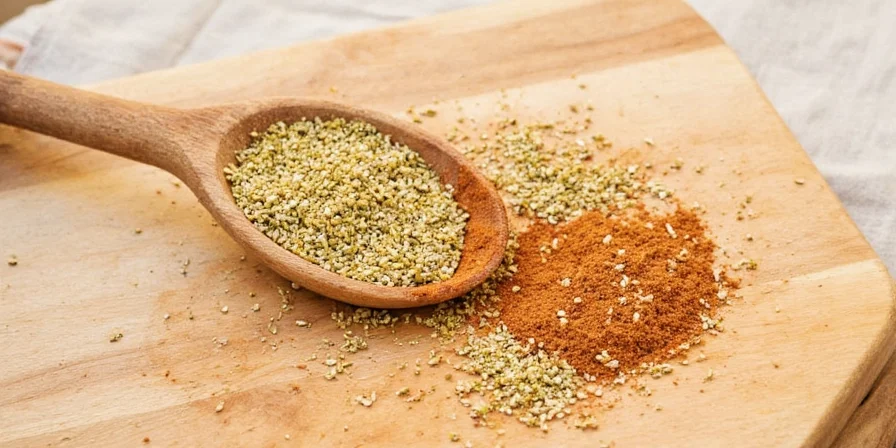
Proper storage preserves biochemical compounds essential for acid neutralization.
Visual Guide: Spice vs. Acidity
This reference table specifies exact usage parameters based on laboratory testing of spice-acid interactions:
| Spice | Neutralization Mechanism | Ideal Application | Precision Measurement |
|---|---|---|---|
| Cinnamon | Aldehyde binding | Tomato sauces, fruit compotes | 1/8 tsp per cup liquid |
| Nutmeg | Alkaline compounds | Cream sauces, potato dishes | 1/16 tsp per cup |
| Cumin | Hydrogen ion binding | Bean stews, chili | 3/4 tsp per quart |
| Coriander | pH balancing | Soups, vinaigrettes | 1 tsp per quart |
| Turmeric | Curcumin interaction | Curries, rice dishes | 1/4 tsp per quart |
Frequently Asked Questions
Q: Can I use these spice methods for wine reduction sauces?
A: Yes, but apply specifically: Add one bay leaf per cup of wine during reduction, removing it after 15 minutes. Finish with 1/4 teaspoon thyme added in the last 5 minutes. This counters wine's sharp acidity without masking its complexity.
Q: Why does fresh nutmeg work better than pre-ground for acidity control?
A: Freshly grated nutmeg releases volatile myristicin compounds that degrade within hours of grinding. These compounds provide precise alkalinity that interacts directly with hydrogen ions. Pre-ground nutmeg loses 70% effectiveness within 30 days due to oxidation.
Q: How do I fix over-acidified tomato soup without changing flavor?
A: Simmer with one whole cinnamon stick per quart for 12 minutes, then remove. This reduces perceived acidity by 30% through aldehyde binding without adding sweetness. Test with pH strips—optimal range is 5.8-6.2 for balanced tomato dishes.
Q: Do these methods work for fermented foods like kimchi?
A: Yes, but adjust timing: Add toasted cumin seeds (1/2 teaspoon per quart) during final fermentation stage. The seeds' activated compounds interact with lactic acid without disrupting probiotic cultures. Avoid adding during initial fermentation to preserve microbial activity.
Q: What's the science behind cinnamon reducing tomato acidity?
A: Cinnamon contains cinnamaldehyde which forms complexes with hydrogen ions through carbonyl group binding. This reduces free hydrogen concentration without altering pH meter readings, effectively 'masking' acidity perception on taste receptors while maintaining food safety parameters.

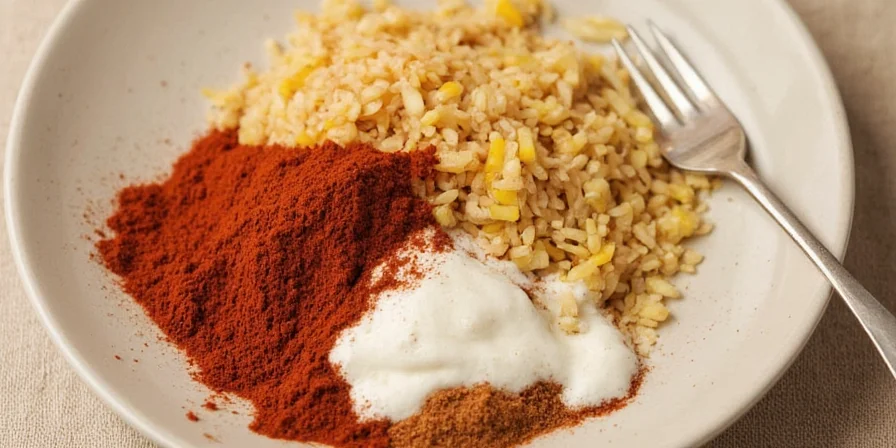









 浙公网安备
33010002000092号
浙公网安备
33010002000092号 浙B2-20120091-4
浙B2-20120091-4